Rose "Laguna": features, types and cultivation
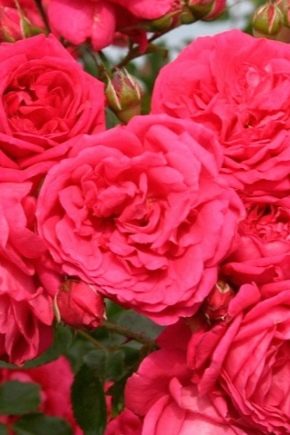
One of the varieties of climbing roses that are deservedly popular with gardeners is "Laguna", which has many remarkable features. First of all, it is appreciated for its unpretentiousness, which allows cultivation in various regions, and for its spectacular appearance, which helps to decorate the local area. Other advantages of this variety deserve attention, each of which is worth considering in more detail.
Description
The first mention of the "Lagoon" as a separate species dates back to 2004. Its originator is the well-known German company Wilhelm Kordes and Sons, which has been specializing in the selection of beautiful and undemanding varieties since the end of the 19th century.
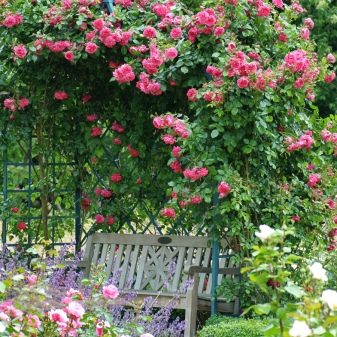
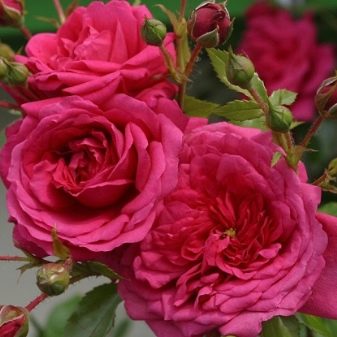
A description of the rose in question from the group of climbers can be found below:
- maximum height / width of an adult plant - 3 m / 1 m;
- dark pink flowers, the diameter of which reaches 10 cm;
- velvety texture of buds and petals;
- the number of flowers per brush - up to 8;
- dark green dense leaves with a noticeable glossy sheen;
- the number of inflorescences is determined by the age of the bush;
- the most suitable growing area - VI (USDA);
- bloom throughout the warm season until the first autumn frosts, in 2 waves (the second is not inferior to the first in intensity).
Another interesting feature of the "Laguna" is the shape of its flowers, due to which the plant resembles old varieties of roses.
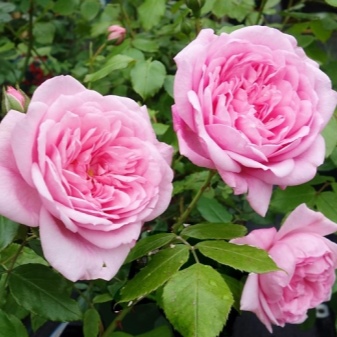

Varieties of varieties
It is also worth mentioning two popular variations of the presented plant, which can decorate the site no worse than the parent variety.
Blue
One of the main features of the "Blue Lagoon" is its purple flowers, which subsequently acquire a light purple hue. They are not as large as those of the parent variety, which is typical for roses from the rambler group, to which the considered variety belongs. Other characteristic features of the Blue Lagoon are slender and flexible stems covered with more crooked thorns and fewer petals that adorn its semi-double flowers.

Sweet
This variation appeared quite recently - in 2012. From the mother variety, she took over all the main advantages, complementing them with a more delicate pink shade. The aroma of "Laguna Sweet" deserves special attention, which contains notes of lemon, patchouli, geranium and many other components. As for the flowers, they are the same size as the parent variety, and have a pronounced doubleness.

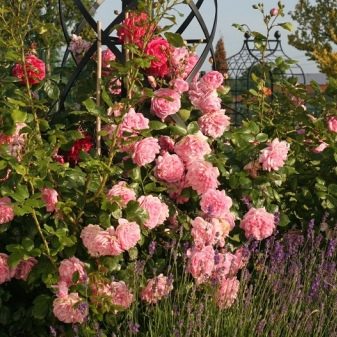
Advantages and disadvantages
Among all the advantages of the climbing rose "Laguna", which make it consistently popular, a special place is occupied by the impressive duration of flowering. The winter hardiness of the plant in question is also worthy of mention: being properly covered, it painlessly withstands temperatures down to -28 ° C. Given this circumstance, the described variety can be successfully grown in the Moscow region and other regions with similar climatic conditions.
In addition to those already listed, the Laguna rose has the following obvious advantages:
- abundant flowering, due to which the foliage of the plant is practically invisible;
- unpretentiousness, allowing you to endure a moisture deficit and many other troubles;
- intense aroma spreading throughout the garden;
- resistance to the vast majority of diseases, including powdery mildew and black spot most characteristic of roses;
- rapid growth, allowing you to decorate the adjoining territory with the lowest time costs;
- high resistance to rain;
- minimal tendency to fade, characteristic of the plant petals.

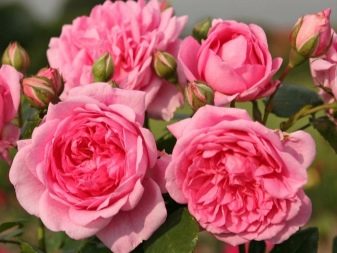
Despite its youth, the Laguna variety can boast of several prestigious awards - gold medals in the 2007 competitions in Germany and Switzerland, as well as the prize for the best flavor won 6 years ago in the Netherlands.
As for the shortcomings of the described climbing rose, the main one is a large number of strong and sharp thorns covering its stems. Other, less noticeable, disadvantages of the "Laguna" include the need to arrange a winter shelter and not the highest resistance to aphids and spider mites.
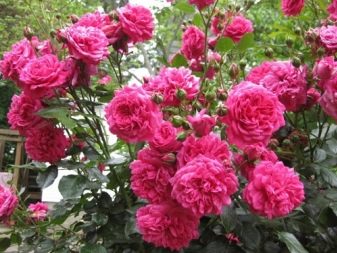
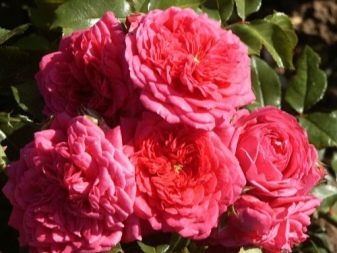
Seat selection
When deciding on a place for planting a rose "Laguna", it is worth considering that she prefers good lighting, but does not like direct sunlight. The latter burn the leaves of the plant, which makes it justifiable for its location in partial shade from 11 am to 4 pm. It is also worth taking into account the level of groundwater at the site: for this variety, values exceeding 1 m are permissible, which is explained by the specifics of its root system. And also by placing a rose near the wall of the building, it is necessary to exclude the possibility of water flowing down from the roof onto it.
Another condition, the adherence to which allows you to count on the rapid development of a young plant - the choice of a suitable soil. Optimal for "Laguna" is a light and nutritious soil that is good for air and moisture. You can prepare it yourself by mixing the following ingredients:
- garden soil and sand - 10 kg each;
- peat - 5 kg;
- wood ash and complex mineral fertilizer - 0.4 kg each.
If you follow the recommendations listed above, in a year the rose will delight its owners with the first flowering.

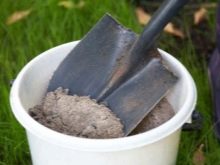
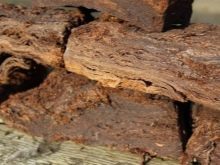
Landing
Practice shows that this problem can be solved both in autumn and spring. If weather conditions interfere with the implementation of the first option, planting should be postponed to the end of April or May. As soon as the soil warms up to + 10.12 ° C, you can proceed with the following sequence of actions.
- Dig a hole, the depth of which is 50 cm, and the diameter is 60 cm. And it is also necessary to take into account the distance from the hole to the wall or other vertically oriented object - 50 cm or more.
- Install a trellis or net on which the rose shoots will trail up. To do this, you need to retreat from the wall at least 10 cm.
- If a seedling is purchased with open roots, it must be carefully inspected and damaged areas removed if found.
- Dip the young plant in a liquid mixture of mullein and clay, prepared in a 1: 2 ratio, for about 2 hours.
- Water the prepared soil and wait until all moisture is completely absorbed.
- Place the seedling in the hole, spreading its roots evenly over the bottom of the hole. Then it remains to cover them with soil, carefully compacting each layer.
- Special attention should be paid to the root collar, which should be 7 cm below ground level.
In conclusion, the rose is watered, and the trunk circle is mulched. And also experts recommend cutting a young plant at a height of 20-25 cm from the surface of the earth.


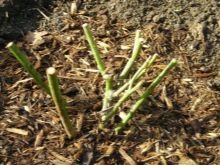
Care rules
For the first 15 days after planting, a young climbing rose should be protected from direct sunlight. Further care for her is not difficult, but it has certain features.
Watering
Despite the resistance of the described plant to a lack of moisture, you should not wait for the soil to completely dry out in the trunk circle.If there is no precipitation, during the first year after planting, the "Lagoon" should be watered relatively often - about once every 5 days, and after the specified period - twice less often. In the presence of rain, this procedure should be carried out in accordance with the degree of their intensity.
The optimal time for watering is evening or early morning. Other significant conditions include the need for regular loosening of the soil and refusal of sprinkling.
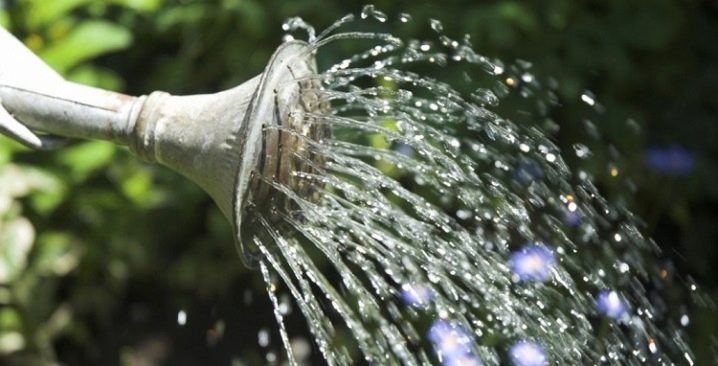
Fertilization
If organic fertilizing was introduced into the soil used for planting the plant, during the next year it should be fertilized only with mineral complexes. It is advisable to do this 4-5 times throughout the season, guided by the simplest algorithm:
- at the beginning of the growing season - nitrogen compounds;
- in the middle - a combination of potassium and phosphorus preparations;
- at the end - only potash dressings.
Organic matter should be applied less often - once every 2 years. Experience shows that a variety of fertilizers of this category are suitable for Laguna, but the best results are achieved by a combination of mature compost, bone meal and humus.
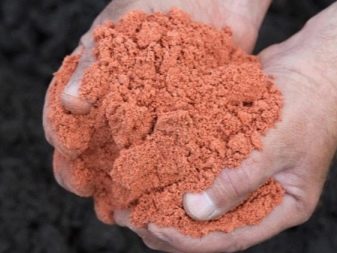
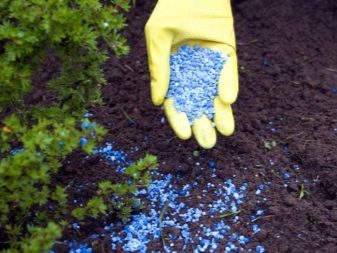
Garter
In order for the appearance of the rose bush to match the preferences of its owner, the latter needs to adhere to the following recommendations:
- the horizontal orientation of the main shoots of the plant makes it look like a blooming cloud;
- if the choice is made in favor of a fan arrangement, the lateral branches should remain free;
- performing a garter of a rose to an arch, it is necessary to direct its stems in a spiral.
And also it should be borne in mind that "Laguna" belongs to the tall climbing varieties, and therefore it needs reliable support.

Pruning
The spring carrying out of the procedure in question involves the removal of shoots that could not survive the winter. The remaining stems are pruned high.
With the onset of autumn, it is necessary to remove dried flowers and shorten the stems by about 1/3 of the length, which is required to shelter them from the cold. But it is also worth getting rid of the stems that have reached 3 years of age - in order to avoid a decrease in the quality of flowering.
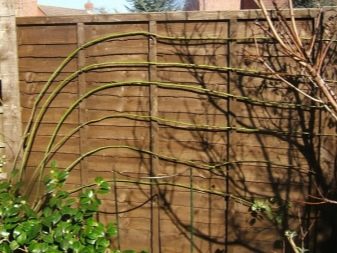
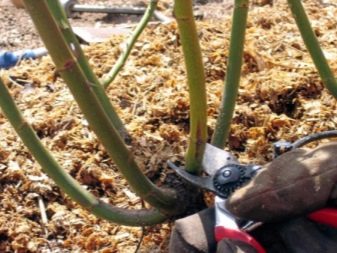
Preparing for winter
A drop in temperature below -7 ° C means that it is time to cover the Laguna rose for the winter. To do this, it is necessary to remove it from the support and place it on the ground, filling the resulting free space with branches of coniferous trees.
In conclusion, it remains to cover the plant with a material that allows air to pass through well, and place spruce branches, roofing felt and boards on top of it.
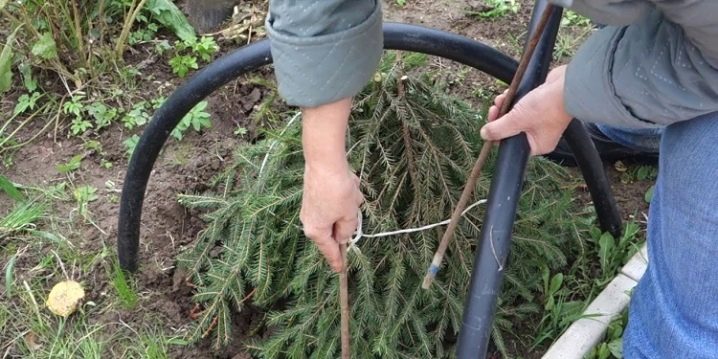
Diseases and pests
As mentioned earlier, illnesses rarely bother Laguna. As for the parasites, from the invasion of which roses of the described variety can suffer, these are:
- aphids that suck the juices from various parts of the plant and weaken them;
- spider mite, the activity of which leads to the degradation and death of leaves.
Pest control involves the use of broad-spectrum insecticides (for example, Actellika or Fufanona). Processing must be carried out twice, observing a 3-day interval.
Summing up, we can state that the climbing rose "Laguna" is the optimal solution for everyone who wants to decorate their site without unnecessary time and effort. The validity of this thesis is confirmed by the reviews of many gardeners, and everyone can join them.
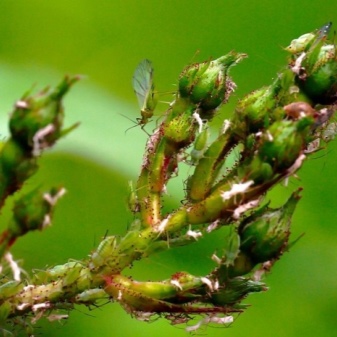
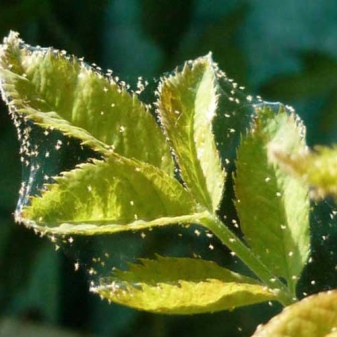
In the next video you will see pruning of climbing roses of varieties "Helen", "Laguna" and "Lavinia".

































































































The comment was sent successfully.